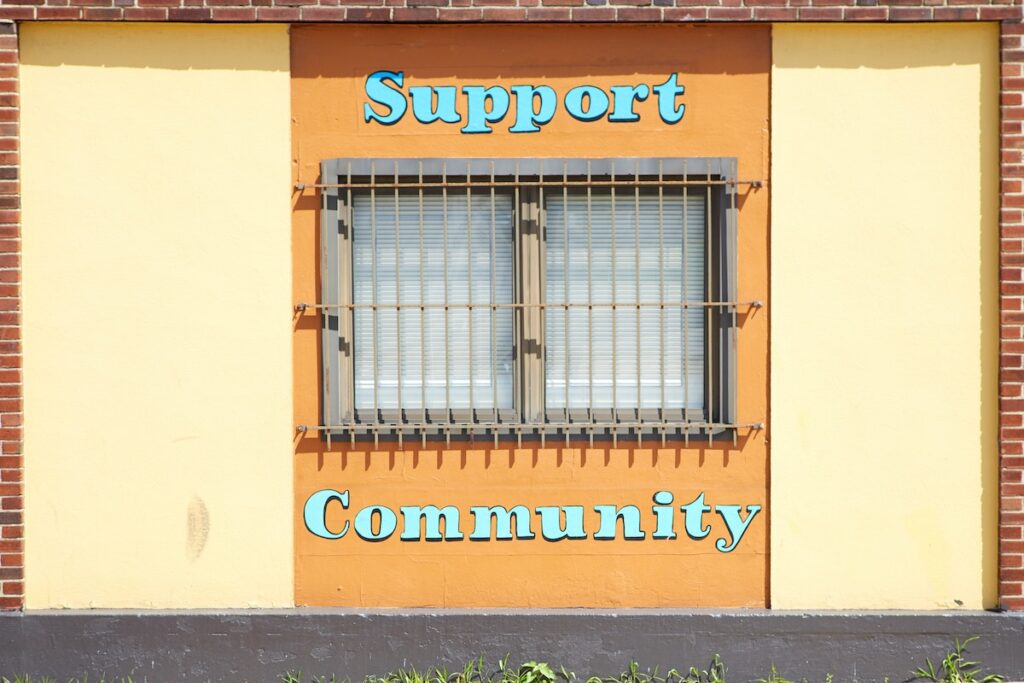
We are not exactly awash with solutions to the mental health problems that many people experience, but when it comes to opiate overdosing and knowing how to prevent them the evidence is clear. Treatment protects people from fatal and non-fatal overdose; you can see fellow Elf Vicky Carlisle’s excellent blog on this. The problem is that not everyone who needs treatment gets it. As with so many aspects of life there is significant inequality at play for those at risk of opiate overdose and those who are not receiving follow-up treatment.
The scale of the problem in America is staggering with hundreds of thousands of Americans dying every year as a result of overdosing on opiates, see Fellow Elf Emma Wincup’s blog for more on this.
But it’s not just an American issue; the UK also has record numbers dying due to drug overdoses, with almost four and half thousand dying last year alone. On a population ratio basis, Scotland has a higher rate of overdoses than America.
As if this weren’t bad enough we know how these deaths can be reduced, but so far progress on implementing evidence-based interventions has been slow. So, this blog explores new research by Austin Kilaru and colleagues’ investigation into follow-up of people presenting with non-fatal overdoses in America. The initial period following an overdose is a critical period, as this is the time when there is a significant risk of a fatal overdose.

The UK has record high numbers of people dying from drug overdoses. We know how to prevent these deaths, but we’re not treating the people who really need help.
Methods
This is a retrospective cohort study of Americans who had health insurance. Using the insurers database, the researchers explored who was followed up in the 90 days following an opiate overdose. The research covers five years from October 2011 to September 2016.
The main outcome was follow-up treatment following the overdose presentation. Follow up treatment was defined quite broadly and included anything from a claim made to a pharmacy through to inpatient treatment.
The statistical analysis of the data included patient characteristic covariates such as age, gender and ethnicity.
Results
They identified a total of 6,451 people who had non-fatal overdoses on opiates and presented to the emergency department. Although no-one is an average, they report that the mean age of participants was 45, an equal sex ratio, and 72.5% identified their ethnicity as white, 9.3% as black and 8.3% as Hispanic.
Fewer than 1 in 5 people (1,069) were followed-up after an overdose. Significant differences were found in the age, sex and ethnicity of those who were not provided with follow up treatment. Black and Hispanic patients were less likely than their white counterparts to receive follow up care. Men were more likely to be offered follow up than women. The researchers identified an interesting relationship with age, for each additional year of age patients were 0.2% less likely to be offered follow up.
They also carried out analysis comparing those in treatment prior to the overdose, with those not in treatment, and whether they were followed up having overdosed. Those who overdosed on prescription opioids were less likely to receive treatment, compared to those who overdosed on heroin.
Compared to the cohort as a whole, 682 patients had received treatment prior to the overdose, and of this group 426 were followed up. At 62.5% this differs significantly from the cohort as a whole where only 16.6% were offered treatment. This is the clearest difference of all the indicators they included.
The researchers didn’t observe any changes to follow up over the five years that they investigated, suggesting a trend that is persistent rather than one that fluctuates.

Fewer than 1 in 5 people were followed-up after an overdose on opiates, while patients of older age, female sex, black race, and Hispanic ethnicity were less likely to obtain a follow-up.
Conclusions
There is clearly a failure to follow-up individuals who have overdosed on opiates, this research provides insights as to groups that require attention and effort to be engaged and provided with treatment. Being in receipt of treatment prior to an overdose is associated significantly with treatment after overdose, being in treatment generally is known to be a protective factor and this finding adds useful detail as to how treatment reduces the potential for fatal overdose.
There are differences in treatment provision and take up between America and the UK. The UK treatment system is far from perfect, but in addition to specialist drug treatment services some GPs provide maintenance substitute treatment to patients, which as yet their American counterparts have been slow to adopt.

There is clearly a failure to follow-up people who have overdosed on opiates.
Strengths and limitations
This is a large cohort study (n=6,451) which provides some useful insights that could shape future research and interventions.
The participants were limited to those with private insurance, so we don’t know how they differ, if at all, to those who have no insurance.
Patients in receipt of the opiate substitute methadone were not included in this study, it is not known how large or significant this group is. See fellow Elf, Claire Mokrysz’s blog for the important role that methadone has in the treatment of opioid dependence.
Those that had overdosed in the 90 days prior to presenting at the Emergency Department were excluded, unfortunately there is no rationale given for this and I would have thought this group should have been included.
There are well known and obvious differences between the UK and America, the UK has the National Health Service compared to a largely private health insurance system in America. Regulations covering the way opiate medication is advertised and obtained in the UK is stricter than it is in America. That said, we do share rising rates of inequality, which not only contribute routes into a career of opiate dependency and risk of overdose, but also the potential ways out of this. Budget cuts to specialist treatment in the UK have been most acute in communities that have the highest rates of social deprivation. Bearing in mind that this analysis was based on Americans who had health insurance, it isn’t difficult to imagine how little follow-up is probably offered to those without the privilege of having health insurance. In that sense, we share the unenviable trait of being equally exclusive when it comes to treatment with our closest ally America.

Study participants were limited to those with private insurance, so we don’t know the follow-up probably offered to those without the privilege of having health insurance.
Implications for practice
This research provides some useful intelligence for practitioners and is an important reminder of the scale of the problem and which groups are under served. But America, like the UK, has little capacity or incentive to follow-up patients who present to emergency departments having overdosed. So, having evidence isn’t enough; there has to be the will and ability to implement it. This is a group of patients that don’t attract universal empathy and some health professionals, including us Elves, may well view overdoses as self-inflicted and therefore not a priority.
Unless there is attitudinal change, it is unlikely that we will see any reversal in the record numbers dying due to opiates and the carnage these deaths leave behind in their communities. It’s so sad to have a solution to a problem, but for us collectively not be willing to implement it.

Unless there is attitudinal change, it is unlikely that we will see any reversal in the record numbers dying due to opiates and the carnage these deaths leave behind in their communities. It’s so sad to have a solution to a problem, but for us collectively not be willing to implement it.
Statement of interests
None.
Links
Primary paper
Kilaru, A.S., Xiong, A., Lowenstein, M., Meisel, Z.F., Perrone, J., Khatri, U., Mitra, N. and Delgado, M.K., 2020. Incidence of Treatment for Opioid Use Disorder Following Nonfatal Overdose in Commercially Insured Patients. JAMA Network Open, 3(5), pp.e205852-e205852.
Other references
Carlisle,V. Opiate substitution therapy: supervised-consumption vs take-home doses. The Mental Elf, 4th January 2018.
Mokrysz,C. Methadone for opioid detoxification as effective as other medications, but all have high relapse rates. The Mental Elf, 21st May 2013.
Wincup,E. The US opioid crisis quantifying the impact. The Mental Elf, 10th August 2018.
Photo credits
- Photo by Marlon Lara on Unsplash
- Photo by Hermes Rivera on Unsplash
- Photo by Mikail Duran on Unsplash
- Photo by Mathew Schwartz on Unsplash
